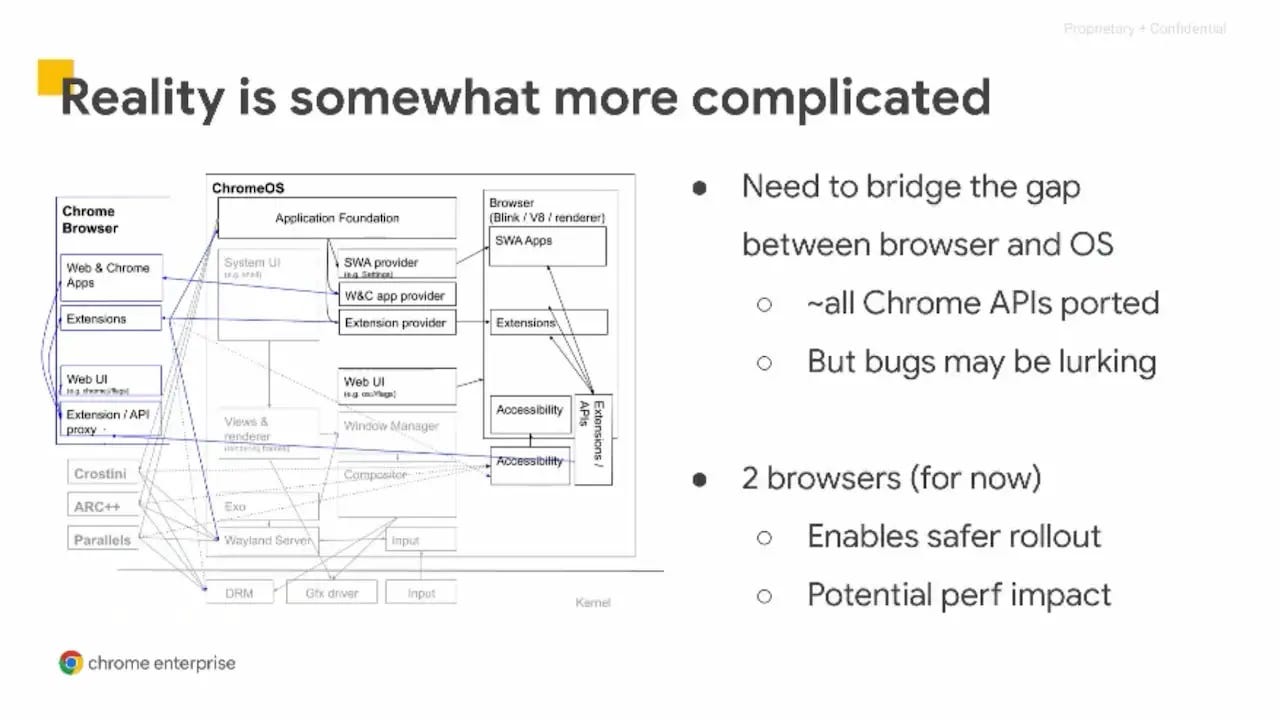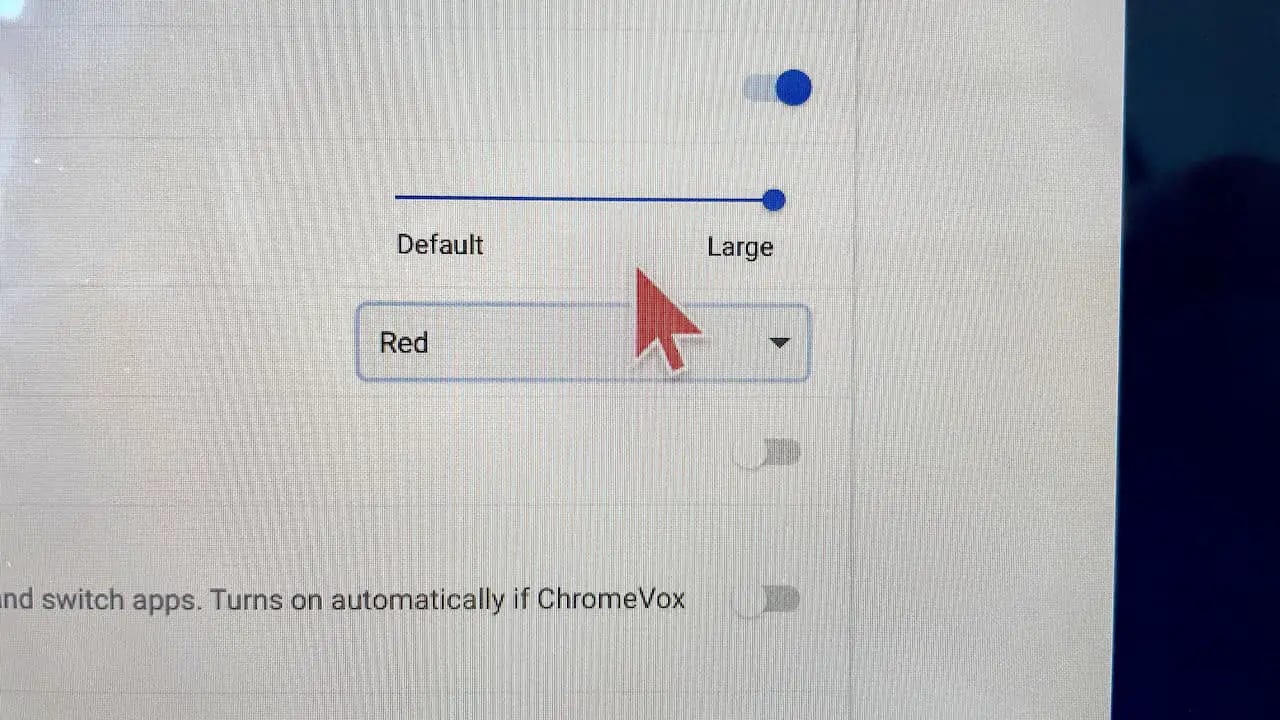This week's news from About Chromebooks, August 20, 2023
Hey Chromies,
I missed the last two weeks in a row, mainly because life got in the way. Earlier in the month, my birthday coincided with newsletter day and I spent time with the family.
Last week, it was announced that my consulting efforts on the IoT Podcast and sibling site were over. Those are my main sources of income and have been since I left Google in 2017, so I’ve been running around job hunting. 😱
Most of my time of late has been updating and tweaking resume files for different jobs. Hence, the lack of a newsletter last week.
As a result, I’m trying something a little different but it’s only temporary. I’m sharing the more important articles with shorter summaries from the prior 14 days. This way, you can quickly scan for articles of value to you and click the links (they’re the article headlines) to continue reading. I prefer to bring you an ad-free experience with full articles in the newsletter and will continue to do so. This week is an exception and I hope you understand.
Lastly, my regular, weekly thanks go out to subscribers that bought me a coffee. If you get value from this newsletter and want to say thanks, click the button below. As always, that’s never required but sincerely appreciated. Particularly as the online ad market has tanked of late!
Cheers,
kct
This week’s most-read post on About Chromebooks
Lacros on Chromebooks transition plan won’t be quick
Last week I noted that ChromeOS 116 is the likely beginning for Google to decouple the Chrome browser from ChromeOS. This effort has taken nearly three years so far and there’s no near-term end in sight. Based on details shared by Google, the Lacros on Chromebooks transition plan won’t be quick. Expect it to last for a year.
For those who haven’t been following this, Lacros is basically the Chrome browser for Linux, but with integrations needed for ChromeOS.
I covered why Google is doing this and Google recaps it in the video, but here’s the high-level reason. In the current situation, whenever the Chrome browser needs an update, say for a security patch, Google has to push that to Chromebooks in a ChromeOS update. That takes more time and effort than it does for the Chrome browser on Linux, macOS, and Windows.
3 ways to boost the visibility of a Chromebook cursor
As I get older my eyesight gets worse and worse. And sometimes, particularly when looking at web pages with a white background, I lose track of my Chromebook cursor. Thankfully, there are several helpful options available in ChromeOS to help me, and others like me. Here are three ways to boost the visibility of a Chromebook cursor, which can be used independently or along with each other.
Best of all, you don’t need to enable any of the current experimental flags I use on a Chromebook. You’ll find each of these methods in ChromeOS on the Settings screen. Open up Settings, scroll down to Accessibility, and select that option. In the next menu, look for Cursor and Trackpad, which is what you want to click.
How Lacros improves Chrome profile switching on Chromebooks
I’ve been reporting that when your Chromebook replaces Chrome with the new Lacros browser, you shouldn’t see any feature changes. However, Lacros does bring one feature improvement that’s worth noting: Improved profile switching on Chromebooks.
If you’re not familiar with the Lacros browser, here’s a quick refresher. It’s essentially a Linux-based version of the Chrome browser but it’s not as tightly integrated with Chrome OS. It has the same features as the standard Chrome browser.
The reason Google is decoupling the Chrome browser from the ChromeOS system is to make it easier to manage changes across Chrome for all systems. This means the browser on a Chromebook can be updated separately from ChromeOS on a Chromebook.
Here’s a perfect example of how this helps you.
Today, Chrome users on Linux, macOS, and Windows have an easy way to switch user accounts or profiles in the browser. This has long been a pain point for the rest of us because profile switching on Chromebooks isn’t as robust. I have two Google accounts, for example. One for personal use and one with my local community college. It’s difficult to switch between the two in ChromeOS.
That changes with Lacros.
Using Lacros as my primary browser on the ChromeOS 116 Beta Channel, I was easily able to add both personal and school accounts to my Chromebook. And it’s now easy to switch back and forth between the two or run both profiles at the same time in the browser.
Oh well, no Gen 3 Snapdragon 7c Chromebooks coming after all
Chalk up another missed opportunity for ARM-based Chromebooks. Based on a great find at ChromeUnboxed, it’s clear that there are no Gen 3 Snapdragon 7c Chromebooks coming to market. This is after two successive generations of Snapdragon 7c Chromebooks, which showed some promise with a next-gen chip upgrade.
I can only assume that the chip costs and/or development were too high, or that Qualcomm simply doesn’t see enough of an opportunity in the market for ARM-based Chromebooks. Maybe it’s both reasons or something else entirely.
The shame of it is this: Unless ARM chips are pushed forward with ChromeOS, there eventually won’t be a market for such devices at all. And I think there still is one.
What Chromebook user doesn’t want adequate performance and long battery life? I know I do, as I ironically just wrote that it’s time for an HP Chromebook 11 x2 successor last month. Oh well…
Chromebooks with Nvidia GPUs get the chopping block too
This isn’t turning out to be a good week if you’re a Chromebook hardware fan. Previously planned Chromebooks with Nvidia GPUs are no longer in the works. This follows Monday’s news that Qualcomm Gen 3 Snapdragon 7c Chromebooks were canceled.
Indeed, a reader comment from the Snapdragon post pointed out the Google code that explains, in no uncertain terms, that several ChromeOS baseboards have been canceled. I did a little more research and all three of those boards share one common feature. They all were designed to support Nvidia GPUs.
I’m extremely disappointed to hear this. More so than the lack of ARM Chromebooks on a newer Snapdragon chip.
Why? Because after testing Steam on a Chromebook with integrated Iris Xe graphics, I’m feeling underwhelmed.
That’s all for this week!
I’ll surely be continuing my job hunt and hoping for some interviews in the near future. But I’ll also be squeezing in time to cover more Chromebook and ChromeOS news.
My intention is to return with a more traditional newsletter next week, of course. Thank you all for your continued support!
Until next time,
Keep on Chromebookin’!







